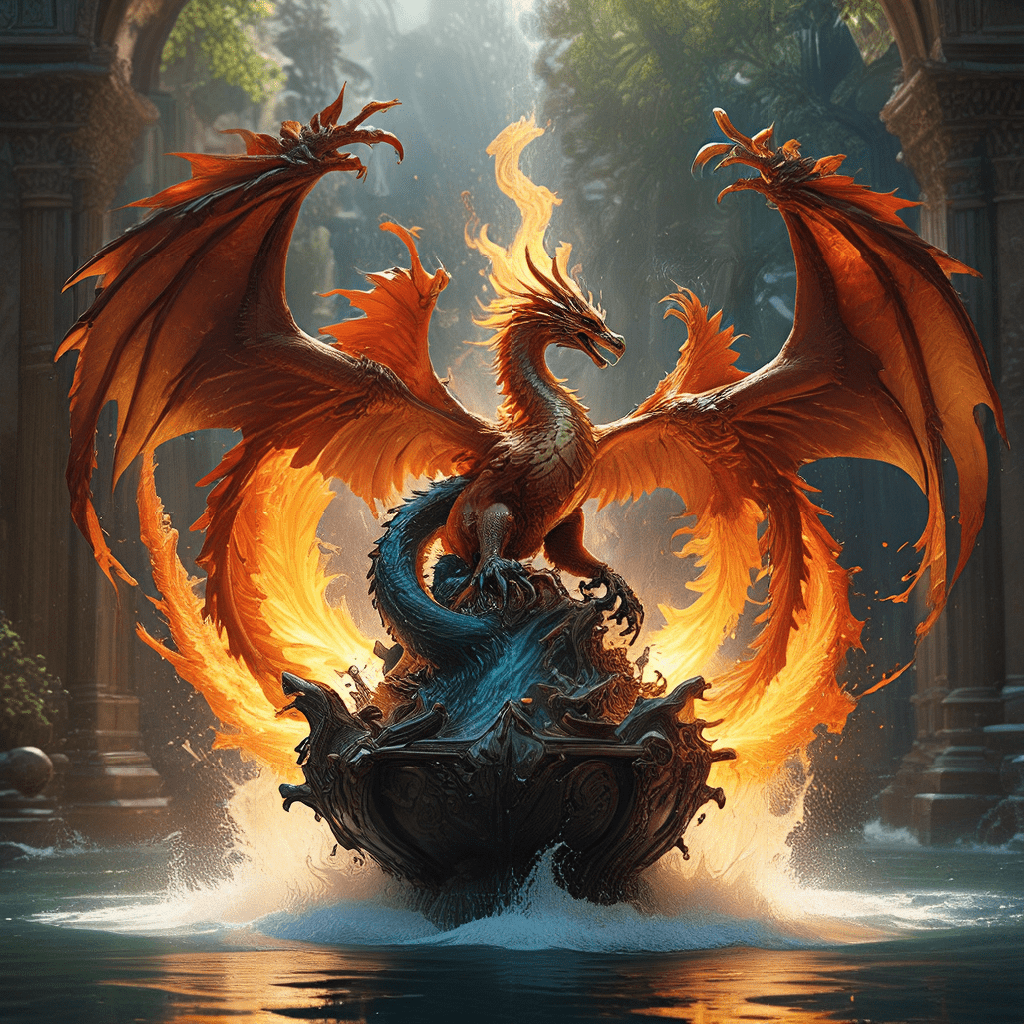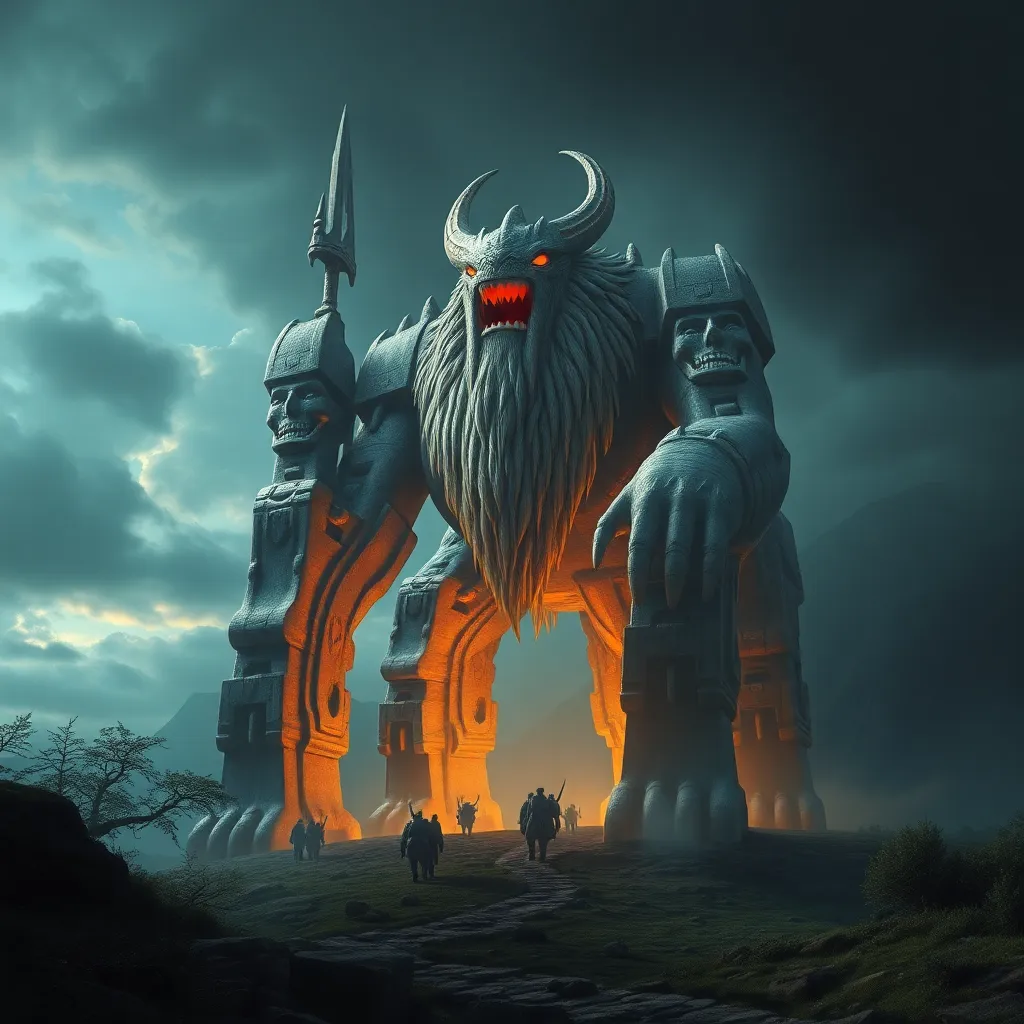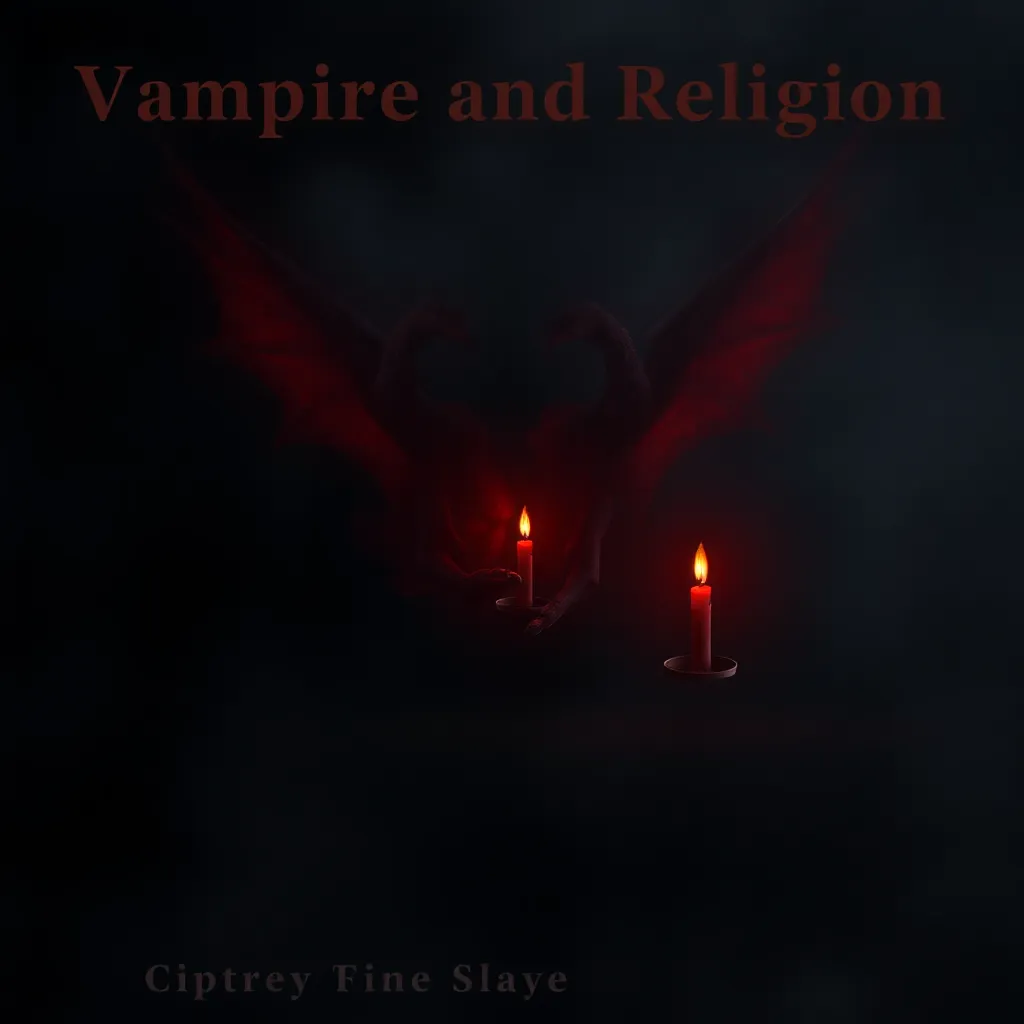The Phoenix: An Emblem of Rebirth and Renewal
The Phoenix, a mythical creature that embodies the cycle of life, death, and rebirth, has captivated cultures around the world for centuries. This magnificent bird, often depicted with vibrant plumage, is best known for its ability to rise from its own ashes. This extraordinary feat symbolizes the inherent power of renewal, a testament to the enduring spirit of life.
In ancient Egyptian mythology, the Phoenix was associated with the sun god Ra, signifying the daily cycle of dawn, noon, and dusk. The Phoenix’s fiery nature and its cyclical regeneration mirrored the sun’s journey across the sky. The Egyptians believed that the Phoenix lived for 500 years before setting itself ablaze, only to rise again from the ashes, a symbol of eternal life and resurrection.
Greek mythology also embraced the Phoenix, incorporating it into their vast pantheon of deities. The Phoenix was seen as an embodiment of the Olympian god, Zeus, who embodied both creation and destruction. The Greeks believed that the Phoenix was a manifestation of the divine power, capable of overcoming death and achieving immortality.
Beyond its mythical connotations, the Phoenix possesses powerful symbolism that resonates across cultures and time. It serves as a powerful reminder of the cyclical nature of life, inspiring hope and renewal in the face of adversity. The Phoenix teaches us that even in the darkest of moments, there is always the potential for rebirth and a fresh start.
The Dragon: A Symbol of Power and Majesty
The Dragon, a mythical creature deeply ingrained in diverse cultures, embodies strength, power, and majesty. With its serpentine body, powerful wings, and fearsome claws, the Dragon inspires both awe and trepidation. This enigmatic creature, often associated with fire and water, has captivated imaginations for millennia, leaving an enduring mark on art, literature, and folklore.
In Chinese mythology, the Dragon holds a revered position, representing the emperor and embodying good fortune, wisdom, and power. The Dragon is a symbol of harmony and balance, reflecting the interconnectedness of heaven and earth. Its serpentine form, symbolizing the winding river, represents the flowing energy of life.
In European mythology, the Dragon, often portrayed as a fierce predator, is associated with the forces of chaos and destruction. Dragons are depicted guarding treasure and terrorizing villages, showcasing the primal power of nature. Yet, these fire-breathing beasts also hold a certain mystique, representing the unknown and the power of the wild.
Beyond its mythological significance, the Dragon embodies themes of strength, wisdom, and the transformative power of nature. The Dragon’s ability to both destroy and create reflects the complex and often unpredictable forces that govern our world.
The Clash of Fire and Water: A Fundamental Duality
The Phoenix and the Dragon, two mythical creatures that have captured the imagination of cultures worldwide, embody the fundamental duality of fire and water. These opposing elements represent the clash of creative and destructive forces, the interplay of passion and reason, and the constant struggle for balance in the universe.
Fire, symbolized by the Phoenix, represents passion, transformation, and the force of creation. It is a powerful element that can both destroy and create, symbolizing the constant cycle of life and death. Fire, in its destructive aspect, represents the purging of the old to make way for the new. In its creative aspect, fire represents the energy of life, the spark that ignites growth and innovation.
Water, represented by the Dragon, symbolizes the calming influence of nature, the flow of time, and the power of change. Water, in its destructive aspect, represents the overwhelming force of nature, the power to erode and reshape the landscape. In its creative aspect, water represents the source of life, the nourishment that sustains all living things.
The clash of fire and water is a universal theme, a constant dance of opposing forces that creates the dynamic tension of the universe. This eternal struggle is not a battle for dominance, but rather a dance of creation and destruction, a constant interplay that gives rise to life and growth.
The Phoenix and the Dragon in Mythology: A Global Phenomenon
The Phoenix and the Dragon, two powerful symbols in mythology, have traversed time and cultures, leaving an indelible mark on the human imagination. These mythical creatures have inspired countless stories, legends, and artworks, reflecting the enduring human fascination with the mysteries of life, death, and renewal.
The Phoenix, with its ability to rise from its own ashes, embodies the cycle of life and rebirth, a concept that resonates across cultures. In ancient Egypt, the Phoenix was associated with the sun god Ra, representing the eternal cycle of dawn, noon, and dusk. Greek mythology also embraced the Phoenix, associating it with Zeus, the king of the gods, symbolizing the divine power of renewal.
The Dragon, a powerful symbol of strength, wisdom, and majesty, has equally diverse interpretations across cultures. In Chinese mythology, the Dragon is a benevolent creature, representing the emperor and embodying good fortune. In European mythology, the Dragon is often portrayed as a fierce predator, guarding treasure and symbolizing the wild and untamed forces of nature.
The universal appeal of the Phoenix and the Dragon lies in their embodiment of fundamental human archetypes. They reflect our fascination with the mysteries of life, death, and rebirth, our longing for power and wisdom, and our deep connection to the natural world.
The Phoenix and the Dragon: A Metaphor for Balance
The Phoenix and the Dragon, two iconic creatures deeply rooted in diverse cultures, stand as powerful metaphors for the concept of balance – a fundamental principle that governs the universe and our lives. These creatures, though often depicted in opposing roles, ultimately represent the interconnectedness of seemingly distinct forces, highlighting the essential harmony that exists between them.
The Phoenix, with its fiery nature, embodies the force of creation, symbolizing the power of transformation and renewal. The Dragon, with its connection to water, embodies the force of destruction, representing the power of erosion and change. While these forces appear antagonistic, they are inherently linked. Creation is impossible without destruction, and destruction paves the way for new beginnings.
This dynamic interplay between fire and water, as represented by the Phoenix and the Dragon, underscores the necessity of balance. Just as fire cannot thrive without water, and water cannot exist without fire, so too do the forces of creation and destruction need each other to maintain the equilibrium of the universe. The Phoenix and the Dragon, in their symbolic clash, teach us that true strength lies in embracing both our destructive and creative potentials, recognizing that harmony arises from embracing our duality.
The Phoenix: Representing the Spiritual
The Phoenix, often seen as a bird of fire, represents the spiritual realm. Its ability to rise from the ashes speaks of a transcendence beyond physical limitations. This mythical bird is a symbol of hope and renewal, reminding us that even when faced with seemingly insurmountable challenges, there is always the potential for spiritual growth and rebirth.
The Phoenix’s fiery nature symbolizes the purifying power of the spirit, its ability to burn away negativity and emerge anew. It connects us to the idea of a soul that endures beyond the boundaries of the physical body. The Phoenix’s journey from ashes to rebirth mirrors the human journey of spiritual awakening, a path of self-discovery and transformation through which we rise above our limitations and connect to our true selves.
The Phoenix’s symbolism resonates deeply with those who believe in a higher power or a spiritual connection. It represents the eternal flame of the divine within us, reminding us that even in the darkest of times, there is a spark of light that can guide us towards a brighter future.
The Dragon: Representing the Material
The Dragon, often depicted as a powerful creature of the earth, embodies the material world. Its scales symbolize the tangible aspects of life, its strength representing the forces of nature and its connection to water reflects the flow of life’s energy. The Dragon is a powerful reminder of the interconnectedness between the physical world and our existence within it.
The Dragon’s association with treasure reflects the material desires of humanity, its hoarding of riches symbolizing our innate need for security and stability in the physical realm. But the Dragon’s power also extends beyond material possessions. Its strength and wisdom represent the innate power within us, the will to survive and thrive in the face of challenges.
The Dragon’s presence in mythology often reminds us of the importance of grounding our spiritual journey in the physical world. It underscores that our connection to the material realm is essential for our growth and development, reminding us to appreciate the beauty and wonder of the natural world while striving for spiritual enlightenment.
The Fusion of Fire and Water: A Search for Harmony
The Phoenix and the Dragon, though seemingly opposed, symbolize the essential duality of fire and water. This juxtaposition represents the constant dance between the spiritual and the material, the creative and the destructive, and the ever-present search for balance in our lives.
The Phoenix’s fiery nature, representing the spiritual realm, seeks to rise above the limitations of the physical, while the Dragon’s watery nature, embodying the material world, grounds us in tangible reality. Their symbolic clash represents the inherent tension between these two forces, a tension that drives our growth and evolution.
The fusion of fire and water, as represented by the Phoenix and the Dragon, is a metaphor for the search for harmony. It highlights the need to embrace both our spiritual and material desires, recognizing that true balance lies in the integration of these two seemingly opposing forces.
The Phoenix and the Dragon: A Representation of the Cycle of Life
The Phoenix and the Dragon, with their intertwined symbolism, represent the eternal cycle of life, death, and rebirth. The Phoenix, rising from its own ashes, embodies the transformative power of renewal, while the Dragon, with its connection to water, symbolizes the ever-flowing current of time and the inevitability of change.
The Phoenix’s fiery destruction and rebirth highlight the constant cycle of transformation that is inherent to life. Just as the Phoenix sheds its mortal shell to rise anew, so too do we experience periods of growth and decay, shedding old patterns to embrace new possibilities. The Dragon’s association with water, representing the flow of time and the forces of change, reminds us that life is a constant journey of evolution, a dynamic process that is both cyclical and unpredictable.
The Phoenix and the Dragon, together, paint a vivid picture of the interconnectedness of life’s stages, reminding us that even in the face of death, there is always the promise of renewal. Their shared symbolism inspires us to embrace the cyclical nature of life, to see each stage as a necessary step in our journey of growth and transformation.
The Phoenix and the Dragon: A Timeless Symbol of Hope and Resilience
The Phoenix and the Dragon, with their enduring presence in mythology, are powerful symbols of hope and resilience. They remind us that even in the face of adversity, there is always the potential for renewal and growth. The Phoenix’s ability to rise from the ashes represents the enduring spirit of life, its unwavering determination to overcome challenges and emerge stronger.
The Dragon, with its strength and wisdom, embodies the power of perseverance, reminding us that even in the darkest of times, there is always hope for a brighter future. These timeless figures, with their contrasting natures, offer us a message of unity and balance, encouraging us to embrace both our spiritual and material selves, our capacity for both destruction and creation, and our innate ability to overcome obstacles and achieve our full potential.
The Phoenix and the Dragon, in their timeless and enduring symbolism, inspire us to face life’s challenges with courage and determination, reminding us that even when confronted with seemingly insurmountable obstacles, there is always the potential for renewal, growth, and resilience.
FAQ
**Q: What are the Phoenix and the Dragon?**
**A:** The Phoenix and the Dragon are mythical creatures that appear in various cultures’ folklore and legends.
**Q: What do they symbolize?**
**A:** The Phoenix symbolizes rebirth and renewal, while the Dragon represents power and wisdom.
**Q: What does the clash between the Phoenix and the Dragon represent?**
**A:** The clash between them represents the balance between opposing forces, such as creation and destruction, spirit and matter, and light and darkness.
**Q: Why are they significant symbols?**
**A:** They serve as timeless reminders of hope, resilience, and the cyclical nature of life. Their enduring presence in mythology reflects humanity’s fascination with the mysteries of life, death, and renewal.
**Q: What are some examples of cultures that feature these creatures?**
**A:** The Phoenix is prominent in Egyptian and Greek mythology, while the Dragon appears in Chinese and European folklore, among other cultures.
**Q: What is the significance of their association with fire and water?**
**A:** Fire represents the Phoenix’s spiritual nature and the transformative power of renewal. Water symbolizes the Dragon’s connection to the material world and the flow of time. Together, they represent the essential duality that exists in life and the constant search for balance.



